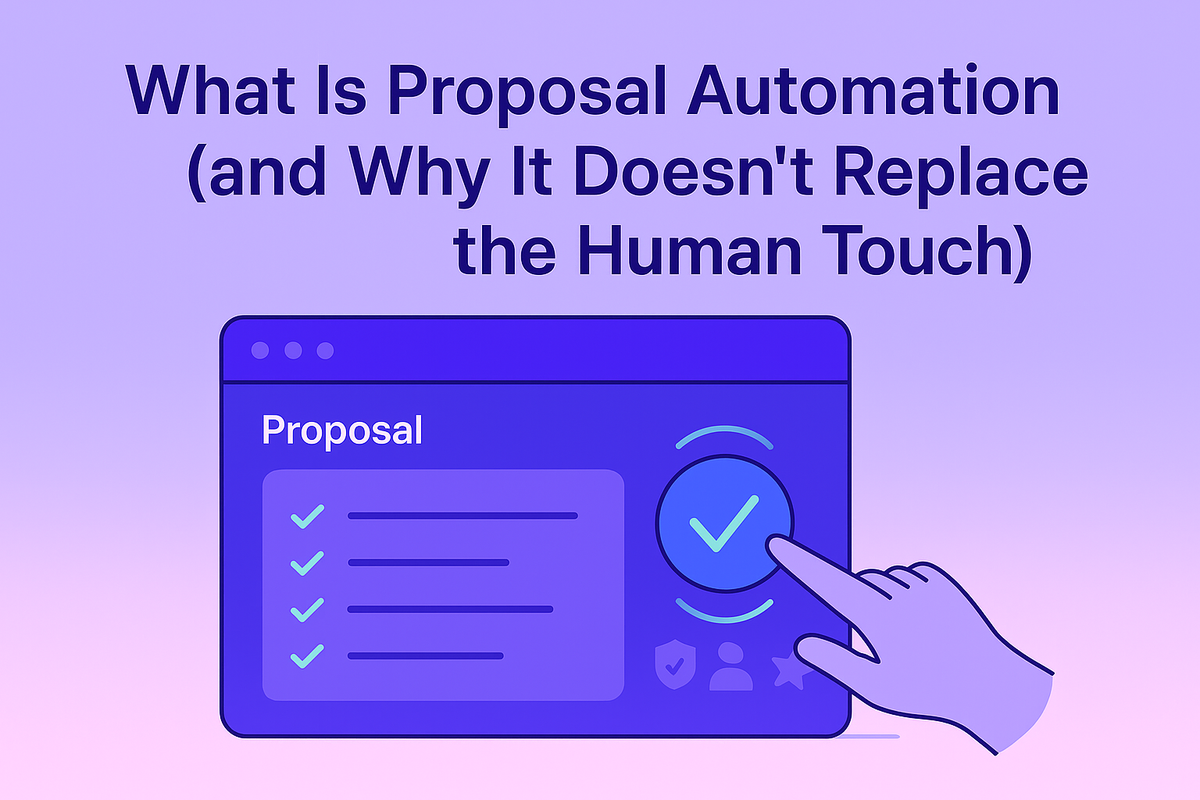Social Engineering in the Age of AI
February 26, 2024
By
Abigail Moyal

Social Engineering in the Age of AI: Cybersecurity Threats to Watch in 2024
One of the hottest topics in cybersecurity today is the rise of social engineering in the age of AI.
Unlike traditional hacking, which relies on breaking into systems digitally, social engineering exploits human psychology — tricking people into giving away sensitive data or access. Think of a scam artist posing as your bank to steal your login credentials.
Now, add artificial intelligence into the mix. AI makes these attacks faster, more personalized, and harder to detect.This shift is transforming scams into AI-powered cyber threats that businesses and individuals must prepare for in 2024.
What Is Social Engineering in the Age of AI?
Social engineering has always been about manipulation. In the AI era, attackers now have tools to:
- Automate scams at scale
- Personalize attacks using stolen or public data
- Create deeply convincing fake media (audio, video, text)
- Amplify misinformation across social networks
The result: scams that look more real, spread faster, and cause greater damage.
Real-World AI-Driven Social Engineering Tactics in 2024
1. AI-Powered Phishing Attacks
Phishing remains the most common social engineering scam — but with AI, emails and messages are hyper-personalized. AI can scrape data to mimic tone, context, and even writing styles, making fake messages nearly indistinguishable from legitimate ones.
2. Quid Pro Quo Scams
A “something for something” scheme where attackers pose as technical support or service providers. With AI, these offers are more polished, convincing, and automated, making it easier to trick victims into handing over sensitive data.
3. Deepfakes
AI-generated deepfake videos and audio are one of the fastest-growing threats. Imagine receiving a voicemail from your CEO instructing you to transfer funds — only to discover it was AI-generated. These scams erode trust in digital communication.
4. Spoofing Attacks
AI can create fake caller IDs, websites, or email addresses that appear authentic. Victims unknowingly share data or grant access, thinking they’re communicating with a trusted source.
5. Automated Social Media Manipulation
AI-powered bots now manage thousands of fake accounts at once, spreading misinformation, influencing public opinion, or targeting individuals with tailored scams.
6. Account Takeovers (ATO)
With weak passwords, phishing, or AI-assisted brute-force attacks, cybercriminals can hijack accounts. Once inside, they impersonate victims, commit fraud, or steal sensitive data.
Why AI Makes Social Engineering More Dangerous
- Scale: AI can run thousands of scams simultaneously.
- Personalization: Attacks feel authentic, based on scraped personal data.
- Realism: Deepfakes and spoofed communications are harder to detect.
- Automation: AI eliminates human error for attackers, making scams faster and more efficient.
How to Protect Against AI-Driven Social Engineering
- Invest in AI-driven defense tools that detect anomalies and prevent phishing.
- Educate employees and users — digital literacy is your first defense.
- Adopt multi-factor authentication (MFA) to make account takeovers harder.
- Verify communications by calling back known numbers or using secondary channels.
- Stay updated on evolving AI cybersecurity threats.
Final Thoughts
The rise of AI-enhanced social engineering represents one of the biggest cybersecurity challenges of 2024. From phishing and deepfakes to spoofing and account takeovers, these tactics prove that staying secure online is no longer just about strong passwords — it’s about vigilance, education, and advanced defense.
As AI evolves, so will cybercrime. Staying aware, questioning the unexpected, and championing digital literacy are the anchors that will keep us safe in a storm of deception.
Stay sharp. Stay secure.
Sources
Arıcıoğlu, Beyza. “Social Engineering Statistics to Know in 2024: Resmo.” RSS, 31 Oct. 2023, www.resmo.com/blog/social- engineering-statistics.
Cyware Hacker News. “Things You Need to Know about Social Media Manipulation: Cyware Hacker News.” Cyware Labs, Cyware, 1 Oct. 2019, cyware.com/news/things-you-need-to-know-about-social-media-manipulation-a97083a8.
Kaspersky. “What Is Social Engineering?” Usa.Kaspersky.Com, 1 Nov. 2023, usa.kaspersky.com/resource-center/definitions/what-is-social-engineering.
Mixmode. “What Are Ai Generated Attacks?” MixMode, 2023, mixmode.ai/what-is/ai-generated-attacks/.
Philmlee, Don. “Practice Innovations: Seeing Is No Longer Believing - the Rise of Deepfakes.” Thomson Reuters Institute, 18 July 2023, www.thomsonreuters.com/en-us/posts/technology/practice-innovations-deepfakes/.
Share this post
Link copied!



















